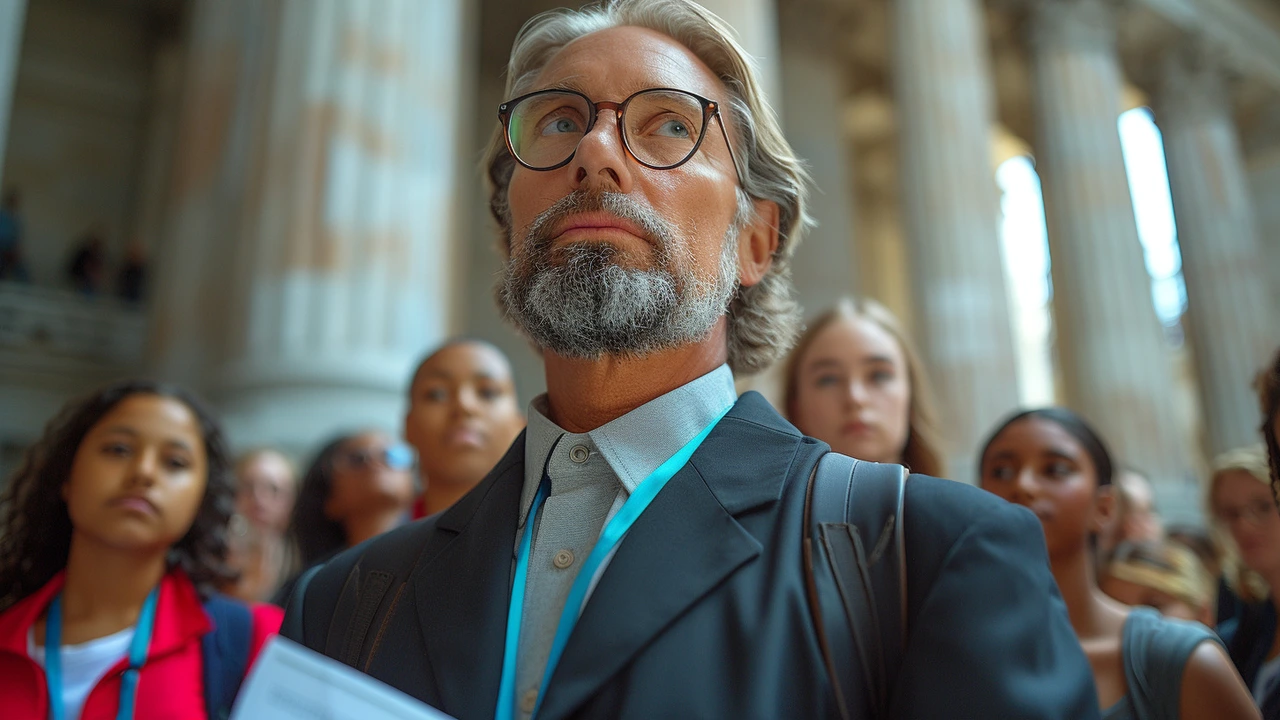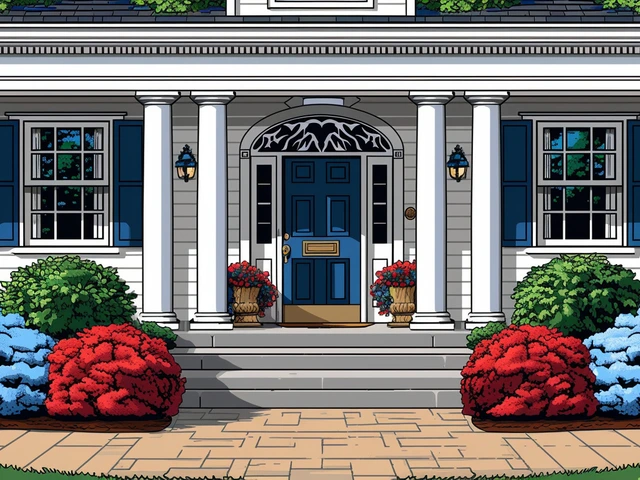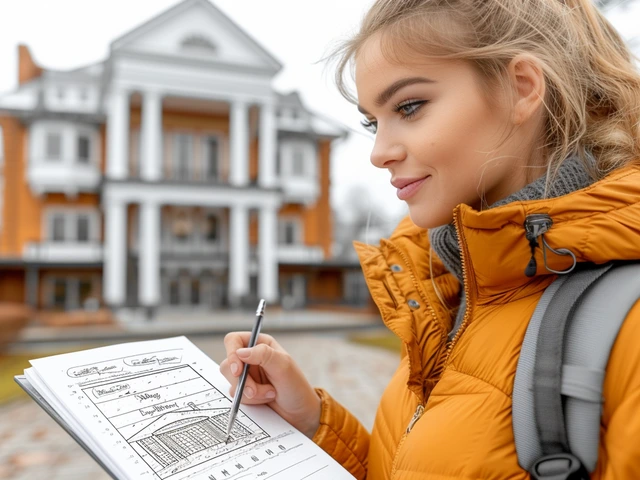Unveiling the Modernism in Federal Architecture
Living in an era marked by rapid technological advancement, it's genuinely fascinating to see how architecture, as an expressive art form, has smoothly transitioned to meet the escalating demands of the 21st century. As a lifelong admirer of innovative designs and trends in architecture, I, Theodore, often find myself contemplating the evolution of Federal buildings especially, given their foundational role in shaping the city's skyline and soul. Heart-set on this theme today, I thought I'd delve into dissecting and reimagining Federal Architecture in the 21st century.
Now, you might ask, why the focus on Federal architecture? Well, simple - it's an integral part of our collective identity. We walk by these buildings almost every day. They're more than just physical locations to conduct governmental affairs. They bear the stamp of our history, culture, and evolution as a society. Modernising them, therefore, needs careful thought as we must blend functionality, aesthetics, and tradition.
Navigating the Past: A Guiding Map to Federal Architecture's Evolution
Before we start a conversation about the future of Federal Architecture, I think it's apt to take a brief detour down memory lane. Early Federal architecture, say around the 1780s right after the American Revolution, was heavily influenced by Roman and Greek designs, carrying a sense of gravitas, domination, and power. In a bid to give our democratic ideals a tangible form, these buildings were constructed with an imposing sense of authority, often showcasing ornate detail, meticulously planned facades and larger-than-life columns.
Fast forward to the 1930s, the architectural trend took a sharp turn, incorporating the reigning art-deco movement. Buildings started to become less about a dominating structure and more about embracing stylised, geometric designs with an air of novelty. Streamlines, curves, and bold material choices started repainting the federal architectural canvas. This period also saw architects experimenting with technological innovations (in the form of elevators, air conditioning) to enhance building functionality.
As we entered the turn of the 21st century, sustainability began to play a major role in all architectural genres, including federal establishments. Designers started responding vertically and horizontally, but also environmentally. Contemporary federal buildings started showcasing energy-efficient designs with an increase of natural light and green spaces.
Reimagining Federal Architecture: A Future-Ready Vision
Now that we've skimmed through the architectural history of Federal Buildings, it's time to prop up our virtual drafting tables and draft an architectural vision for the future. A future that's approaching us rapidly with self-driving cars, hyperloops, and smart cities. If you ask me, the key will be to striking the right balance between memory and modernity, between form and function, and between personal and public.
Firstly, let's talk about functionality. Federal buildings will need to be designed for the society of tomorrow, not of yesterday. We've already made huge strides in technologies like IoT and AI. So, how about incorporating these into our Federal Buildings? Think of facial recognition technology for security or smart sensors for optimal energy usage. With the rise of virtual workspaces (a necessity in today’s pandemic-stricken world), the architecture of these buildings need to account for technological advancements and evolving societal needs.
Secondly, federal buildings must reflect the values we hold dear as a society. Just like my pet Cockatoo, Mango, who loves to preen himself and show off his vibrant colors, our federal buildings must reflect beauty - but not just physical beauty. I'm talking about the beauty of equality, accessibility, and inclusiveness. We need to design buildings that are not intimidating but welcoming, that spark conversation, thought, and inclusivity.
Incorporating Sustainability: Buildings that Breathe with Us
Lastly, our federal buildings need to breathe with us, and by that, I mean energy-efficient, environmentally friendly designs. Over the past decade, investments in green building technologies have skyrocketed and it's no surprise. More than just a trend, it reinforces our commitment to preserving our planet. These buildings should serve as a beacon of this commitment. From energy-efficient windows to solar panels, from green rooftiles to urban gardens, there are myriad ways to incorporate eco-friendly elements into our federal establishments.
Let's not forget the people who'll bring this vision to life - the architects. Trust me when I say that we need a diverse crowd of minds to reimagine these structures. Architects who understand the language of the past, the demands of the present, and the possibilities of the future. After all, it's the architects who will hold our vision in their hands and paint it into existence. Here, collaboration between governmental bodies and architectural minds would be the leitmotif.
Reimagining Federal Architecture in the 21st Century isn't an easy task. It’s much like training Mango to repeat new phrases - it takes a lot of patience, creativity, and yes, a sense of humour. So let's inject a little bit of optimism, a bunch of collaborative efforts, and a whole lot of innovation into the architectural veins of our future Federal buildings, because the future, my friends, is closer than it appears.
Looking Ahead: An Architectural Blueprint for Progress
The ultimate goal should be to have Federal Buildings that blend in with their ecosystems and resonate with the heartbeat of our society. Modernising and reimagining Federal Architecture demands a delicate balance between honoring the past, accommodating the present and preparing for the future. While transformation won’t be easy, it's like that old saying, all good things take time. And from my perspective, it also requires a dash of Aussie optimism and perhaps a bit of Mango's enthusiasm. I firmly believe that it's a challenge we're all ready to embrace. Bring it on, 21st Century!





Leave a Comments